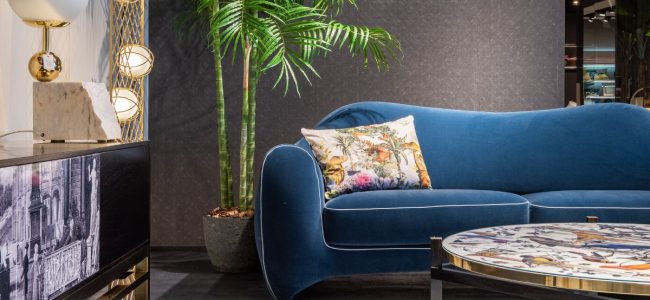

One of the most significant pieces of furniture in your house is your sofa. It’s where you spend the most of your time with family and friends, and it’s frequently the focal point of your living room. But what do you do when your sofa fabric is outdated or worn out? Do you throw it away and buy a new one? That can be expensive, not to mention wasteful. Instead, you can customize your couch by changing its fabric.
In this article, we’ll show you everything you need to know about changing the fabric of your sofa, from choosing the right fabric to DIY tips and tricks.
Why Change Your Sofa Fabric?
Although your couch may be in fine condition, the fabric may be outdated, discolored, or torn. Replacing the fabric on your couch may give it a new appearance and be a more cost-effective alternative than purchasing a new one. It might also be a chance to alter the color or pattern of your sofa to complement the rest of your décor.
Choosing the Right Fabric
When choosing a new fabric for your sofa, you want to make sure it’s durable and easy to clean. Look for fabrics with high rub counts, which measure their durability. Natural fiber materials such as cotton, linen, and wool are soft and breathable, but they are not as long-lasting as synthetic fabrics such as polyester or microfiber. Another alternative is leather, which is more costly and requires careful maintenance.
Measuring Your Sofa
Before you start shopping for fabric, you need to measure your sofa to determine how much fabric you’ll need. Measure the length, breadth, and height of your couch, as well as the length and width of the cushions. Add a few inches to each measurement to account for seams and hems.
Removing the Old Fabric
To change your sofa fabric, you need to remove the old fabric first. This can be a time-consuming and messy process, but it’s essential to ensure that the new fabric fits properly. Start at the bottom of the sofa and work your way up, gently removing the old fabric using a seam ripper.
Preparing the New Fabric
Once you’ve removed the old fabric, it’s time to prepare the new fabric. Wash and dry the fabric to pre-shrink it, and iron out any wrinkles. Lay the fabric out on a large flat surface, and use a fabric marker to mark the pieces you’ll need to cut.
Cutting the New Fabric
Using your measurements and the fabric marker lines as a guide, cut the new fabric to size. Be sure to cut the pieces slightly larger than the measurements to account for seams and hems.
Sewing the New Fabric
With the new fabric cut to size, it’s time to start sewing. Begin with the bigger parts, such as the back and arms of the couch, then work your way down to the cushions. Use a heavy-duty sewing machine and upholstery thread to ensure that the seams are strong and durable. Use a hot glue gun to fix the cloth in difficult-to-reach places.
Finishing Touches
When all the pieces are sewn together, it’s time for the finishing touches. Trim any excess fabric and tuck it neatly into the seams. Attach any buttons, zippers, or other details that were on the original sofa. And finally, give your new sofa fabric a good steam or iron to make it look its best.
FAQs
Is it possible to change the fabric on any type of sofa?
Indeed, most varieties of sofas, including sectional sofas, loveseats, and conventional three-seater sofas, may have the fabric changed. Nevertheless, depending on the design and construction of the sofa, the amount of complexity and the specific technique may differ.
Can I change the fabric on a leather sofa?
Yes, it is possible to change the fabric on a leather sofa. But, bear in mind that this technique may need additional stages and experience, since leather can be more difficult to deal with than other textiles. It is recommended to consult with a professional upholsterer or furniture restorer before attempting to change the fabric on a leather sofa.
How much does it typically cost to change the fabric on a sofa?
If you’re considering changing the fabric on your sofa, the cost will depend on various factors. The cost depends on the size of your sofa, the fabric you select, and the intricacy of the operation. On average, the cost might range from a few hundred dollars to several thousand dollars. It’s wise to obtain quotes from multiple upholsterers or furniture restorers to compare prices and find the best deal.
Is changing the fabric on a sofa a DIY project?
Before you start altering the fabric on your sofa, there are a few things you should think about. While it is theoretically feasible to do it yourself, it is highly advised that you have some expertise with upholstery or sewing. This is because the procedure may be highly difficult and time-consuming, and even little errors can result in huge fees to correct.
How can I care for my new sofa fabric after changing it?
To keep your new sofa fabric looking its best, it is recommended to follow the care instructions provided by the fabric manufacturer or upholsterer. This may include regular vacuuming or brushing to remove dust and debris, spot cleaning as needed, and avoiding direct sunlight or heat sources that can fade or damage the fabric. It is also recommended to use protective covers or throws to minimize wear and tear on the fabric.



